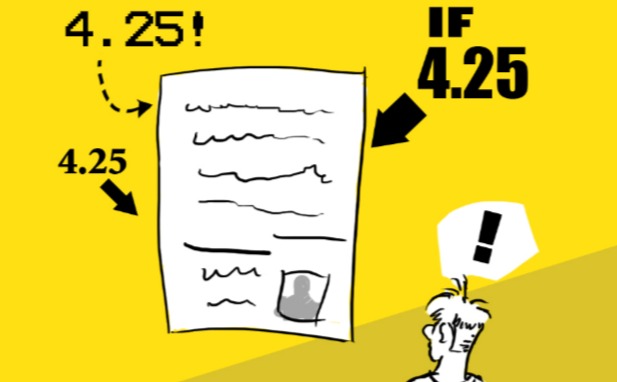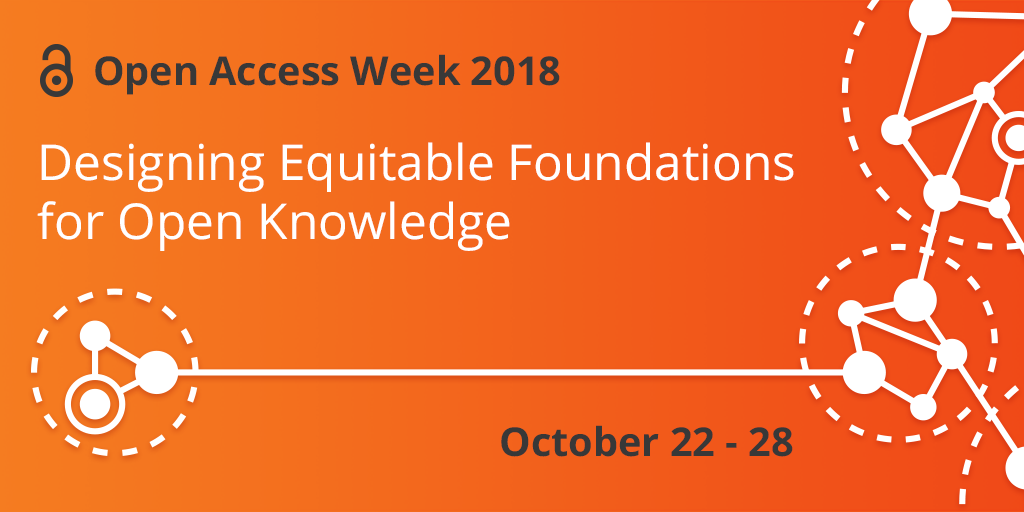
Journal impact factors do not reflect article quality and impact
For many years, within the scientific and publishing arena, the journal impact factors (JIFs) has been the most commonly used and referred to approach of research output impact (quality) measurement approach. This approach which focuses on journal quality measurement has many flows, research indicates.
Though it is still widely used, the journal impact factor has come under increasing scrutiny. The main argument here is that JIF does not necessarily reflect the impact or quality of article published in a given journal, argues VéroniqueKiermer. The research conducted by team of researchers from Université de Montréal, Imperial College London, PLOS, eLife, EMBO Journal, The Royal Society, Nature and Science, posted on BioRxiv underscores that ‘article cannot be judged on the basis of the impact factor of the journal on which it is published.’ This is due to that fact that most articles published in high impact factor journals do not exhibit high impact level- mostly measured through article citation. The research found out that there are articles published in low impact factor journals and with a high impact factor; mostly measured though article citation. Conversely, there are many articles published in a high impact factor journals that make very little impact.
Despite its weaknesses the JIF remained the most widely used tool to evaluate scientists. This is mainly attributed to culture, convenience, and lack of proper alternatives. ‘The misuse of the Impact Factor has become institutionalized,’ argues Véronique Kiermer.
The status quo is not sustainable. There is increasing awareness among the scholarly community about need for a change. The call for a shift from heavily relying on journals impact factor (which by itself a reflection of citation count) to accommodating diverse and reliable techniques to measure research quality and its impacts is gaining momentum. Among stakeholders consensus is building around superiority of Article Level Metrics (which measures individual articles impact) over the JIF as a barometer of research output quality and impact. This might usher new era of measuring articles quality based on every articles merit (ALM) not on the JIF.
According to Véronique Kiermer no single metric accurately reflects impact of different research output. That is the reason why measuring articles social media impact (share, like etc.) and download are becoming import impact measuring factors. Development of articles tracking technologies, through DOI (digital object identifier), has made this possible.
Scholars are pushing for multiple research quality measurement approaches. It seems that some publishers, researchers and research funders are responding to it; surely not at a desired speed. This signals publishers’ and scholars’ gradual move towards fully embracing robust and reliable research quality measurement techniques.




